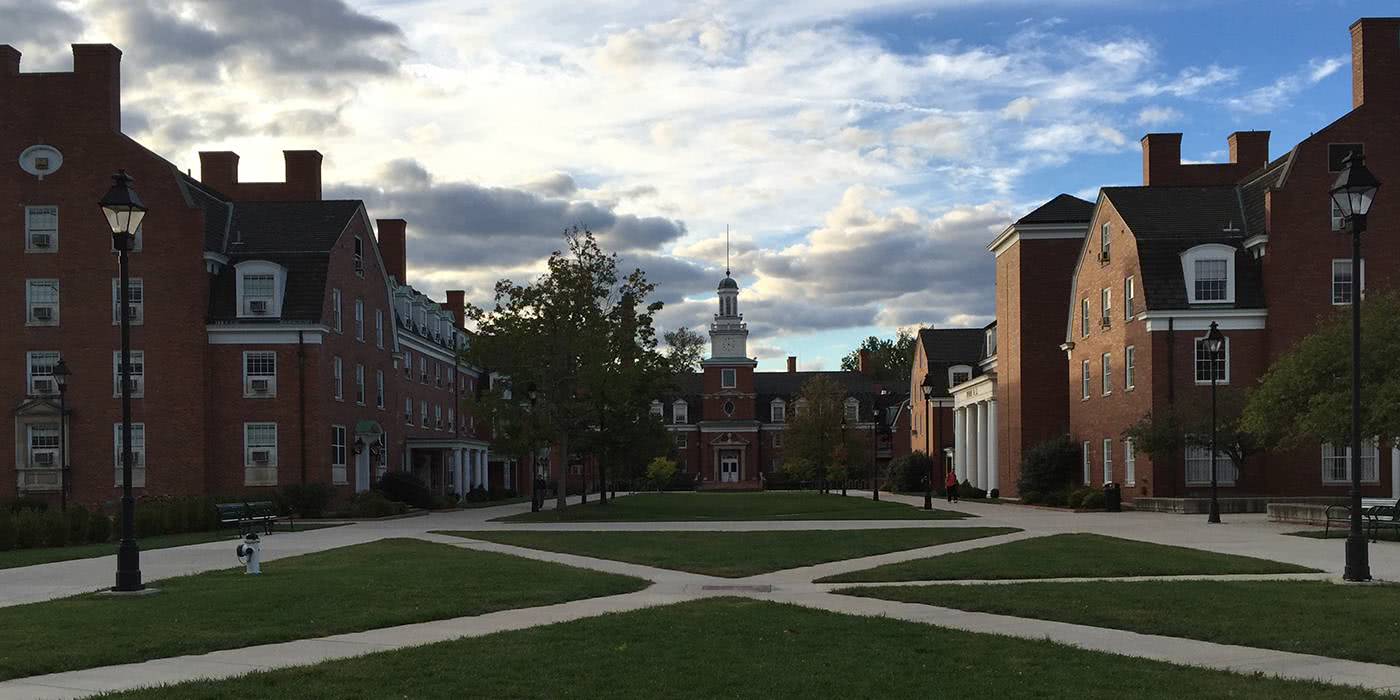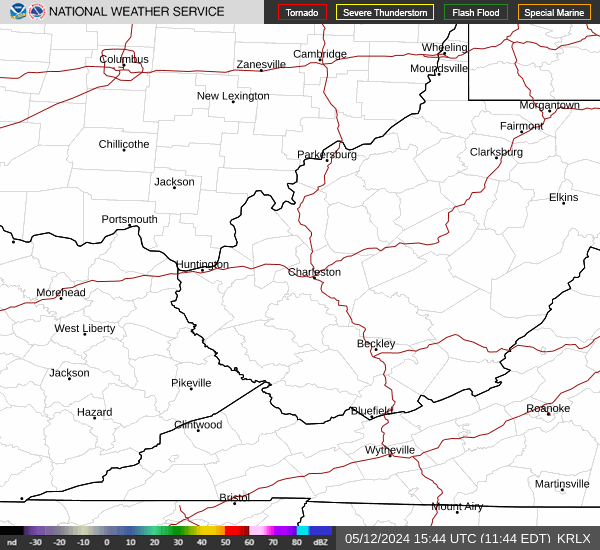Issued: 12am on Thursday, January 1st 1970
Technical Forecast Discussion
Short term (Wednesday 8/1 through Saturday 8/4)
The region will remain under the eastern portion of an upper level trough tonight into Thursday. With the trough is southerly flow that is filtering in moisture as well. Models also show show broad areas of vorticity through most of Southern Ohio. Despite the low CAPE levels and lack of strong heating, forcing will still be possible and with shear values around 40 knots, storms and showers could produce heavy downpours. With all previous precipitation flooding may become an issue if downpours continue. Clouds will remain in the area overnight. Clouds will continue into Thursday as moisture moisture temporarily leaves the area. Vorticity will be further to the southeast on Thursday as well. CAPE will continue to be limited due to the continuous unstable atmosphere which will not allow CAPE to build up. Thursday’s environment looks more productive for showers since vorticty will be gone, which was a main forcing mechanisms for the past couple of days. The injection of southerly flow will slightly warm the area up, bringing temperatures into the low 80s. Heavy rain is less likely on Thursday as moisture will continue to decrease through the day. On Friday, the area will be on the edge of a pocket of no vorticity or CAPE. Moisture will also be on the edge of the area on Friday. Depending the placement of the bands of vorticity and moisture will determine if storms occur. On Saturday, upper level ridging moves over the Midwest that will finally allow air to move up from the south without limitation. This will result in warm air moving into the region with a near by high pressure system creating dry conditions with it. The area should expect limited cloud cover and temperatures in the mid 80s.
Long term (Sunday 8/5 through Tuesday 8/7)
The upper level ridging will continue on Sunday. Vorticity and CAPE look much healthier this time around and with temperatures in the mid to high 80s, heating could assist these conditions with convection production. Moisture available, but not load and shearing is completely absent, so storms should be mild, but could be long-tracked. The upper levels will destabilize on Monday leading to a transition period that looks to produce weak troughing. CAPE looks to be weak but widespread, same with vorticity. Storms are possible in the late afternoon during peak heating hours as heating could help overcome any obstacles for instability that day. Convection will enhance on Tuesday as CAPE values increase to around 2500 J/kg and vorticity and moisture become more organized.




